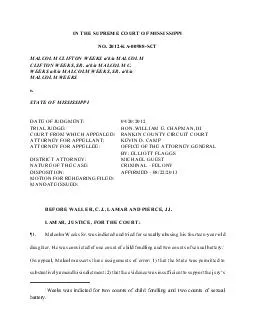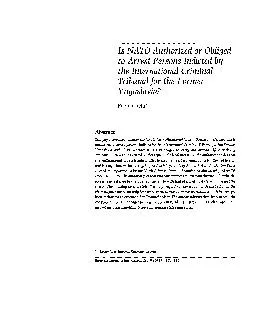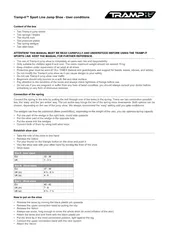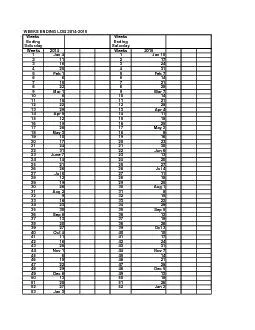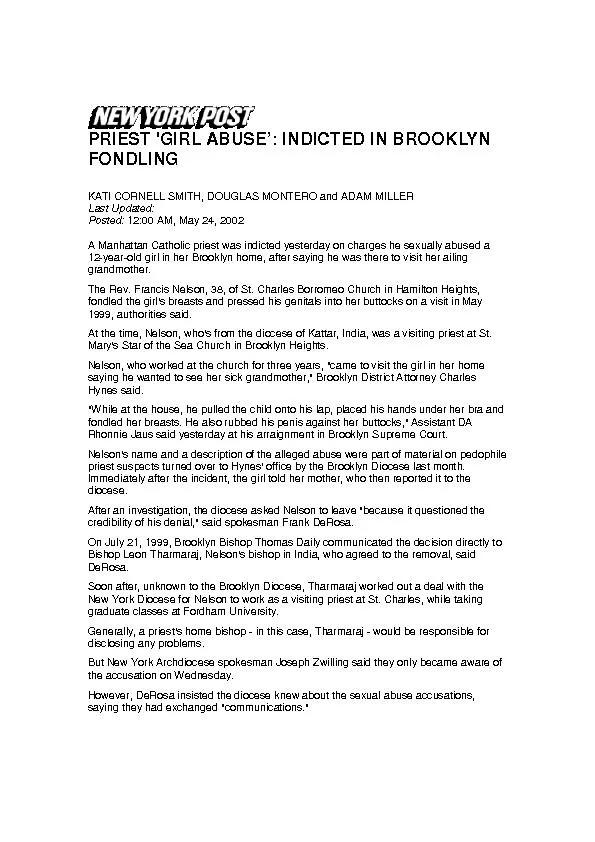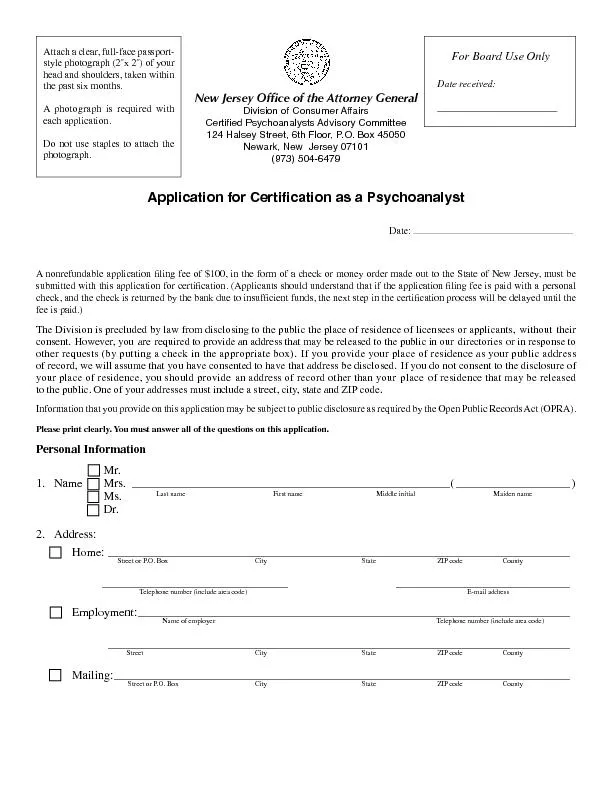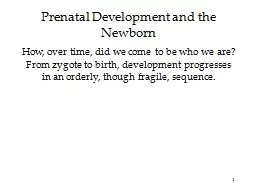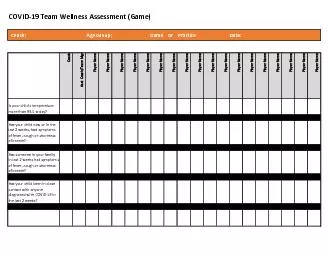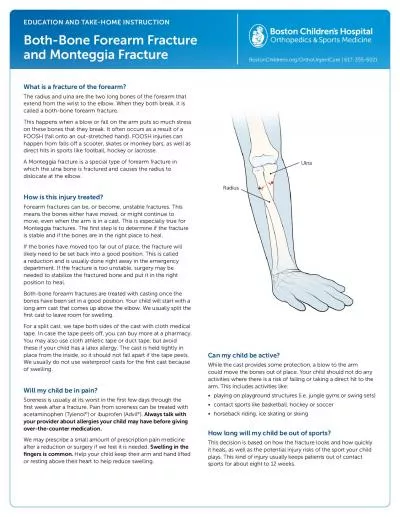PDF-Weeks was indicted for two counts of child fondling and two counts of
Author : pamella-moone | Published Date : 2015-07-23
battery IN THE SUPREME COURT OF MISSISSIPPI NO 2012KA00988SCT MALCOLM CLIFTON WEEKS aka MALCOLM CLIFTON WEEKS SR aka MALCOLM C WEEKS aka MALCOLM WEEKS SR aka MALCOLM
Presentation Embed Code
Download Presentation
Download Presentation The PPT/PDF document "Weeks was indicted for two counts of chi..." is the property of its rightful owner. Permission is granted to download and print the materials on this website for personal, non-commercial use only, and to display it on your personal computer provided you do not modify the materials and that you retain all copyright notices contained in the materials. By downloading content from our website, you accept the terms of this agreement.
Weeks was indicted for two counts of child fondling and two counts of: Transcript
Download Rules Of Document
"Weeks was indicted for two counts of child fondling and two counts of"The content belongs to its owner. You may download and print it for personal use, without modification, and keep all copyright notices. By downloading, you agree to these terms.
Related Documents

